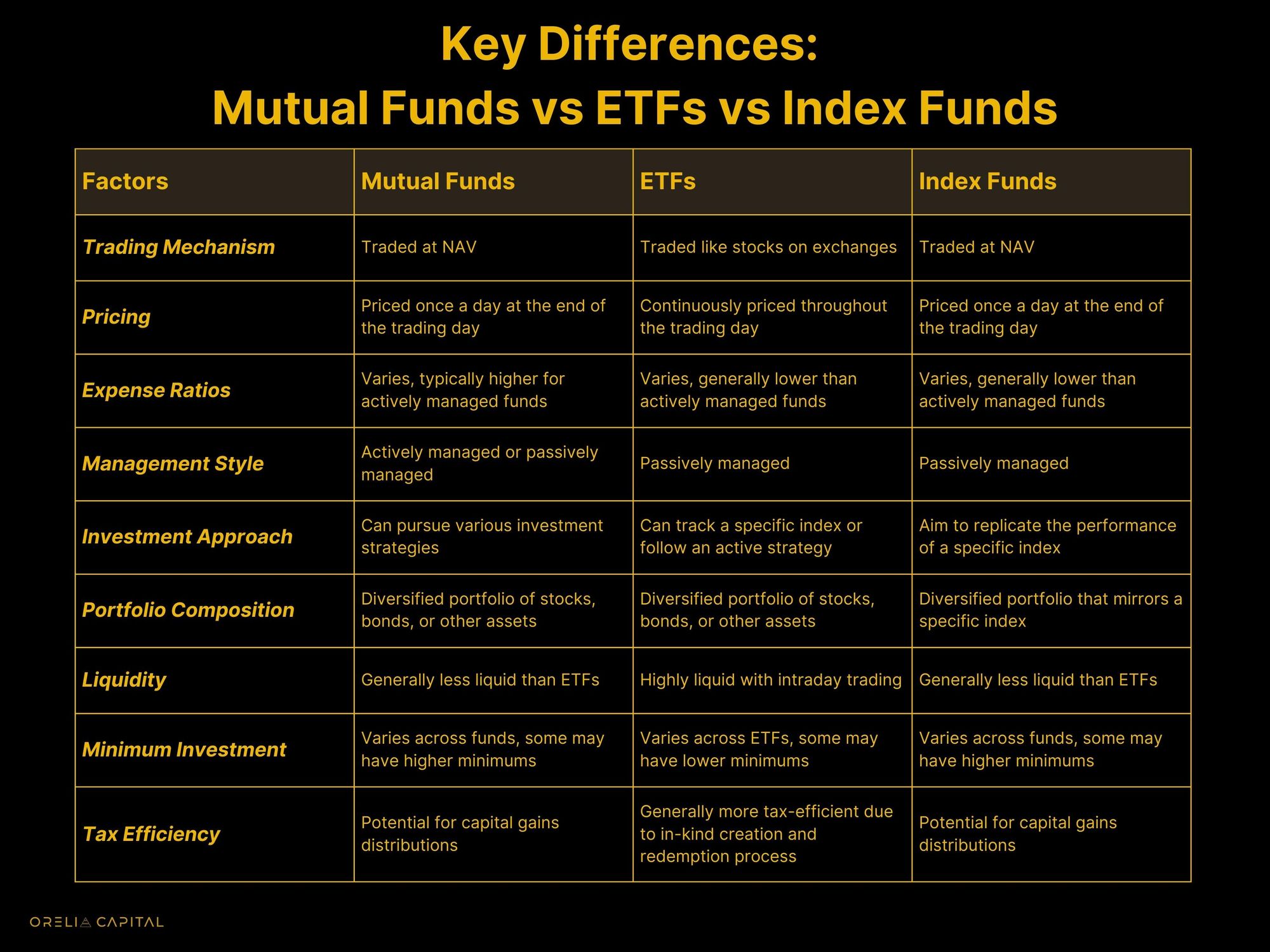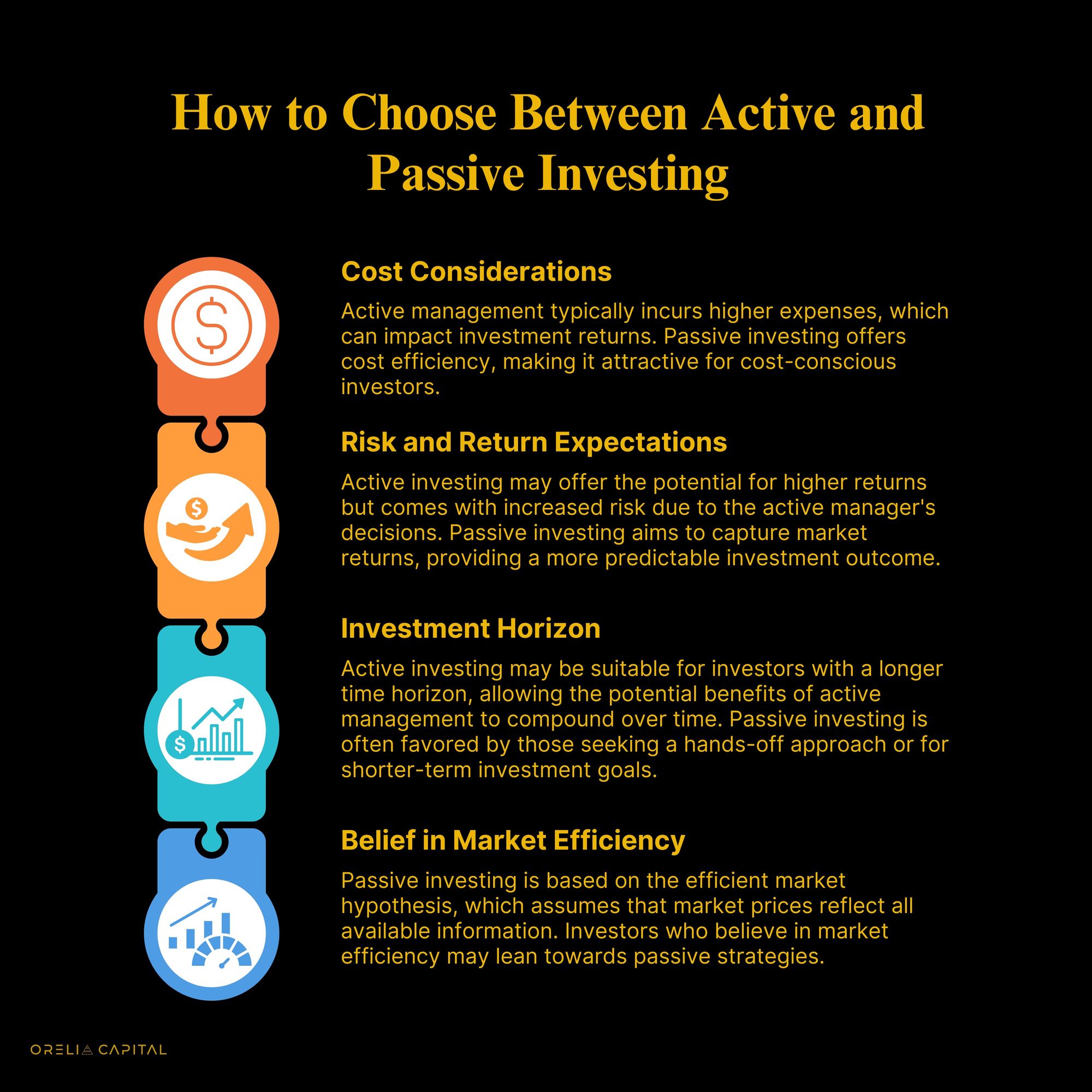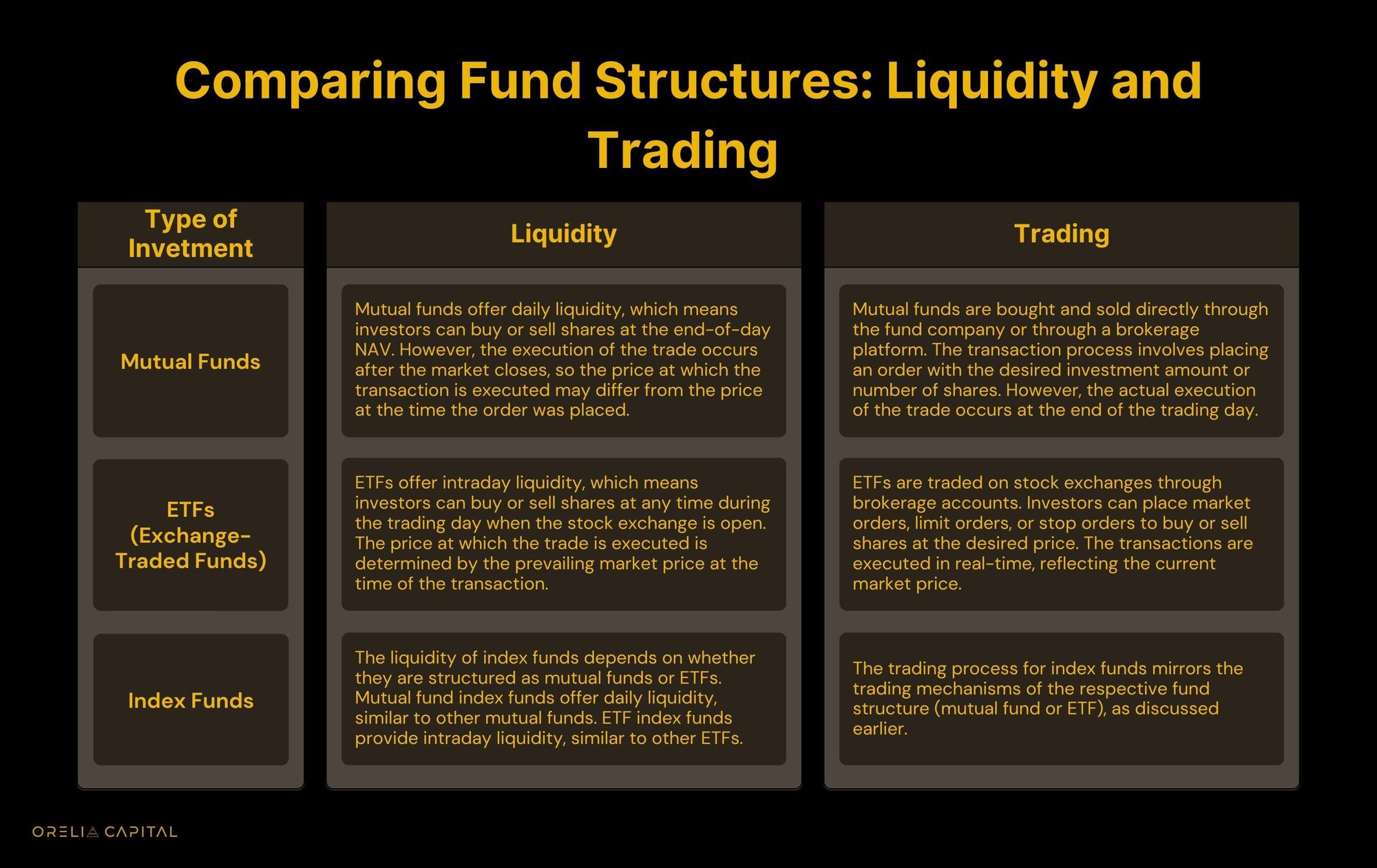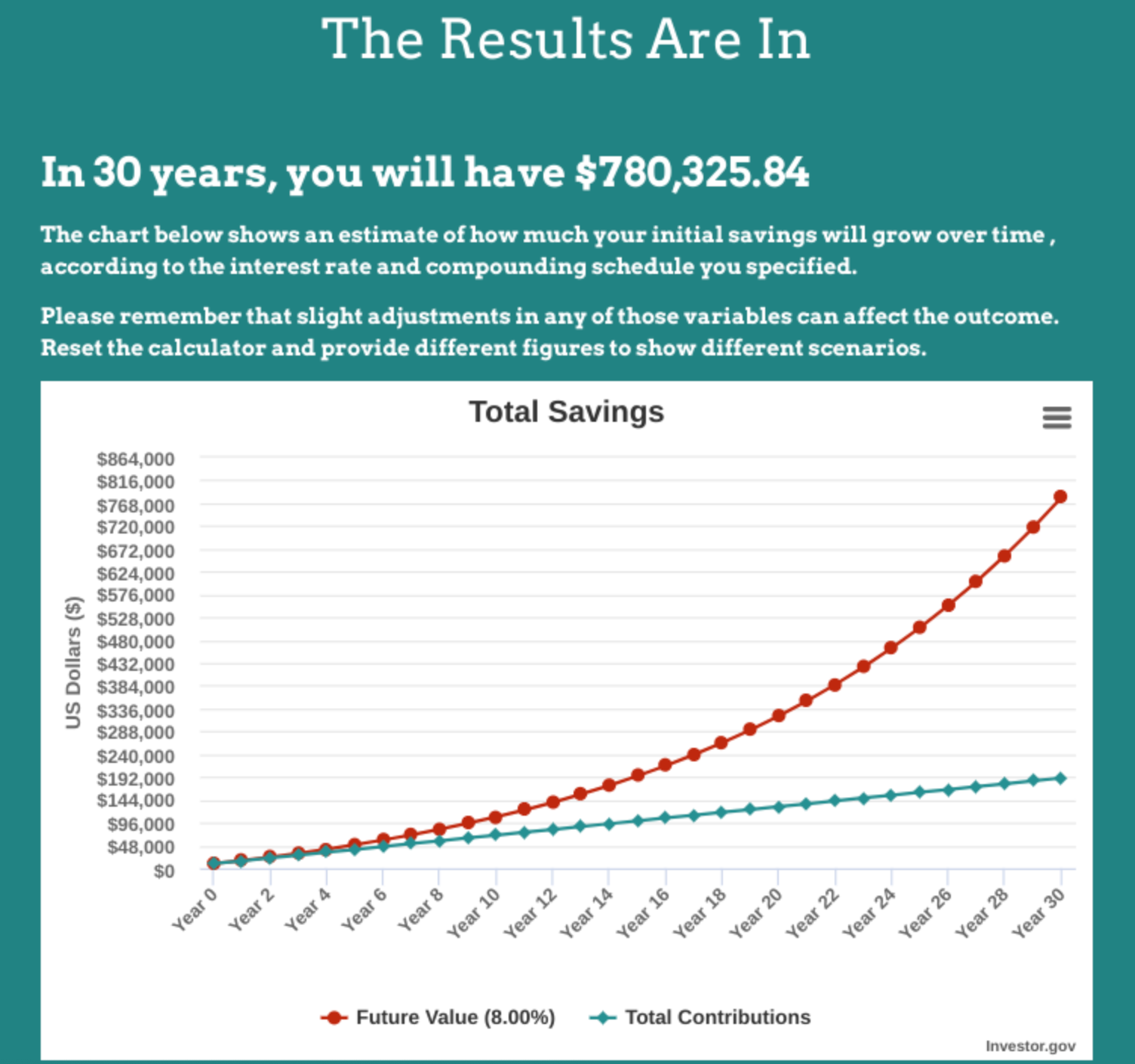Investing in Mutual Funds vs ETFs vs Index Funds

Introduction to Investing: Mutual Funds, ETFs, and Index Funds
Investing in financial markets has long been recognized as a powerful tool for building wealth and achieving long-term financial goals. However, navigating the vast landscape of investment options can be daunting for novice and experienced investors. Among the many choices available, mutual funds, exchange-traded funds (ETFs), and index funds have gained significant popularity as investment vehicles offering diversification, accessibility, and potential return.
Understanding Mutual Funds: Definition and Features
A mutual fund can be best described as a pool of money collected from multiple investors with the common objective of investing in various securities and is managed by professional fund managers, who are responsible for making investment decisions on behalf of the investors.
Key Characteristics
- Diversification: Diversification by investing in a wide range of assets helps reduce the impact of individual security fluctuations on the overall performance of the fund.
- Professional Management: Mutual funds are overseen by experienced fund managers who possess in-depth knowledge and expertise in the financial markets and manage the fund to maximize returns for the investors while managing risks effectively.
- Investment Options: Mutual funds offer various investment options classified into different categories based on the types of securities they invest in, such as equity funds (stocks), bond funds (bonds), combined funds, and sector-specific funds.
- Net Asset Value (NAV): The value of a mutual fund is calculated as the net asset value (NAV) per share. NAV represents the total value of the fund's assets minus any liabilities, divided by the number of outstanding shares. The NAV is typically calculated at the end of each trading day, and investors can buy or sell shares of the fund based on the NAV price.
Exploring ETFs and their Characteristics
An ETF, or Exchange-Traded Funds, is a type of investment fund that trades on stock exchanges. It is designed to track the performance of a specific index, sector, commodity, or asset class.
Key Characteristics
- Diversification: ETFs offer investors instant diversification by holding a basket of securities that can provide exposure to various asset classes such as stocks, bonds, commodities, or sectors.
- Transparency: ETFs disclose their holdings daily, letting investors know exactly what securities they own. This transparency enables investors to make informed investment decisions and understand the underlying assets within the ETF.
- Accessibility: ETFs are accessible to a broad range of investors. They can be bought and sold through brokerage accounts, making them available to individual and institutional investors.
Unveiling Index Funds: Structure and Advantages
Index funds are investment vehicles that aim to replicate the performance of a specific market index, such as the S&P 500 or the FTSE 100. They offer a passive management style, aiming to track the index rather than actively selecting investments.
Key Characteristics
- Structure: Index funds can be structured as mutual or exchange-traded funds (ETFs).
- Advantages:
Broad Market Exposure:
- Index funds expose investors to various securities within the underlying index.
- This diversification helps mitigate risks associated with individual stocks or sectors.
Cost Efficiency:
- Index funds generally have lower expense ratios compared to actively managed funds.
- Lower expenses result in higher net returns for investors over the long term.
Consistency:
- Index funds have a track record of delivering consistent returns over the long term.
- This consistency makes index funds suitable for long-term investment strategies and passive investors.

Management Styles: Active vs. Passive Investing
Active Investing:
Active investing involves fund managers analyzing various factors, conducting research, and making strategic decisions on asset allocation, stock selection, and timing of trades, actively making investment decisions to outperform the market or benchmark index.
Key Characteristics
- Skill-based Approach: Active managers use their skills, expertise, and market insights to identify investment opportunities to generate superior returns.
- Tactical Asset Allocation: Active managers often adjust their asset allocation based on changing market conditions, economic trends, or individual company analysis.
- Potential for Higher Returns: The goal of active investing is to outperform the market, aiming for higher returns than the benchmark index or peer funds.
Passive Investing:
Passive investing, on the other hand, aims to replicate the performance of a specific market index or benchmark rather than trying to outperform it at a low cost.
Key Characteristics
- Index Replication: Passive funds, such as index funds and certain ETFs, track a specific market index by holding a portfolio of securities that mirrors the index's composition.
- Buy-and-Hold Strategy: Passive investing typically involves a long-term investment approach, where investors hold their positions and make minimal changes to the portfolio unless there are changes in the underlying index.
- Consistent Performance: Passive funds aim to match the performance of the underlying index, providing investors with returns that closely resemble the overall market.

Cost Considerations: Expense Ratios and Transaction Fees
Expense Ratios:
The Expense ratio refers to the annual fee charged by mutual funds and ETFs for managing the fund. It is expressed as a percentage of the fund's total assets and covers various operating expenses, including administrative costs, management fees, and marketing expenses. Here's why expense ratios matter:
- Impact on Investment Returns: A higher expense ratio implies fees consume a more significant portion of your returns, leaving you with a lower net return.
- Compounded Effect Over Time: Even seemingly minor differences in expense ratios can significantly impact your long-term investment returns through the process of compounding.
- Active vs. Passive Management: Expense ratios tend to be higher for actively managed funds than passively managed index funds or ETFs.
Transaction Fees:
Transaction fees are charged when buying or selling ETFs, and they can vary across brokerages and investment platforms. Here's why transaction fees matter:
- Impact on Trading Costs: Transaction fees can affect investment returns, especially for investors who frequently buy or sell ETFs.
- Fee-Free Trading Platforms: Some brokerages offer fee-free trading for specific ETFs or partner with certain fund providers.
- Long-Term vs. Short-Term Investing: Transaction fees may significantly impact short-term or active trading strategies. Long-term investors who adopt a buy-and-hold approach may be less affected by transaction fees.

Performance Analysis
Let's Compare The Returns: Let's say that you invested $10,000 in a mutual fund and an index fund simultaneously and contributed an additional $500 each month. We'll assume that both investments earned a 9% return. Finally, we'll say that the mutual fund had an expense ratio of 1%, and the index fund had an expense ratio of 0.20%.
In 30 years, your mutual fund would be worth over $780,000.

And the index fund? It would be worth over $913,000.

Which one is right for you? ETFs, Index Funds, or Mutual Funds: Making Informed Investment Decisions
Investing in financial markets can be overwhelming, especially with the variety of investment options available. When considering ETFs, index funds, and mutual funds, assessing your investment goals, risk tolerance, and personal preferences is crucial. Here are vital factors to consider when making informed investment decisions:
Investment Objectives:
- ETFs: ETFs can be suitable for both short-term and long-term investment objectives.
- Index Funds: Index funds are well-suited for long-term investment goals, as they aim to replicate the performance of a specific market index.
- Mutual Funds: Mutual funds can cater to various investment objectives, including growth, income, or a combination of both.
Risk Tolerance:
- ETFs: ETFs carry market risk, and the volatility of their underlying assets may impact their value.
- Index Funds: Index funds provide exposure to broad markets, reducing individual stock risk and volatility.
- Mutual Funds: Risk profiles of mutual funds can vary depending on their investment objectives and asset classes. Active mutual funds may be volatile due to the fund manager's active investment decisions.
Expense Ratios and Fees:
- ETFs: ETFs generally have lower expense ratios than actively managed mutual funds. They also have transaction fees, known as trading commissions, incurred when buying or selling shares.
- Index Funds: Index funds typically have lower expense ratios than actively managed funds. However, the expense ratios may vary across different funds, so comparing fees before investing is essential.
- Mutual Funds: Expense ratios of mutual funds can vary depending on the fund's management style, investment strategy, and fund size. Actively managed funds tend to have higher expense ratios due to research and management costs.
Tax Efficiency:
- ETFs: ETFs are known for their tax efficiency due to their unique structure. They experience fewer capital gains distributions than mutual funds, potentially reducing tax liabilities for investors.
- Index Funds: Index funds, whether mutual funds or ETFs, tend to have lower taxable events than actively managed funds.
- Mutual Funds: Actively managed mutual funds may have higher capital gains distributions due to the frequent buying and selling of securities. This can lead to potential tax implications for investors.
Investment Research and Management:
- ETFs: ETFs typically require less active management as they aim to track an index or a specific sector.
- Index Funds: Index funds are also passively managed and follow a predetermined index.
- Mutual Funds: Mutual funds are actively managed, with fund managers making investment decisions based on their research and market analysis.
Conclusion
In conclusion, understanding the nuances of mutual funds, ETFs, and index funds is crucial for successful investing. Conduct thorough research, analyze historical data, and seek professional advice. By evaluating cost, liquidity, performance, and risk, investors can align their investment strategies with their goals and preferences.
Happy investing!

We hope you enjoyed this edition of our newsletter. If you found it helpful, please consider sharing it with others who might benefit from this information.
At Orelia Capital, we believe that feedback is a gift. Your feedback can help us improve our content and provide more value to our readers.
